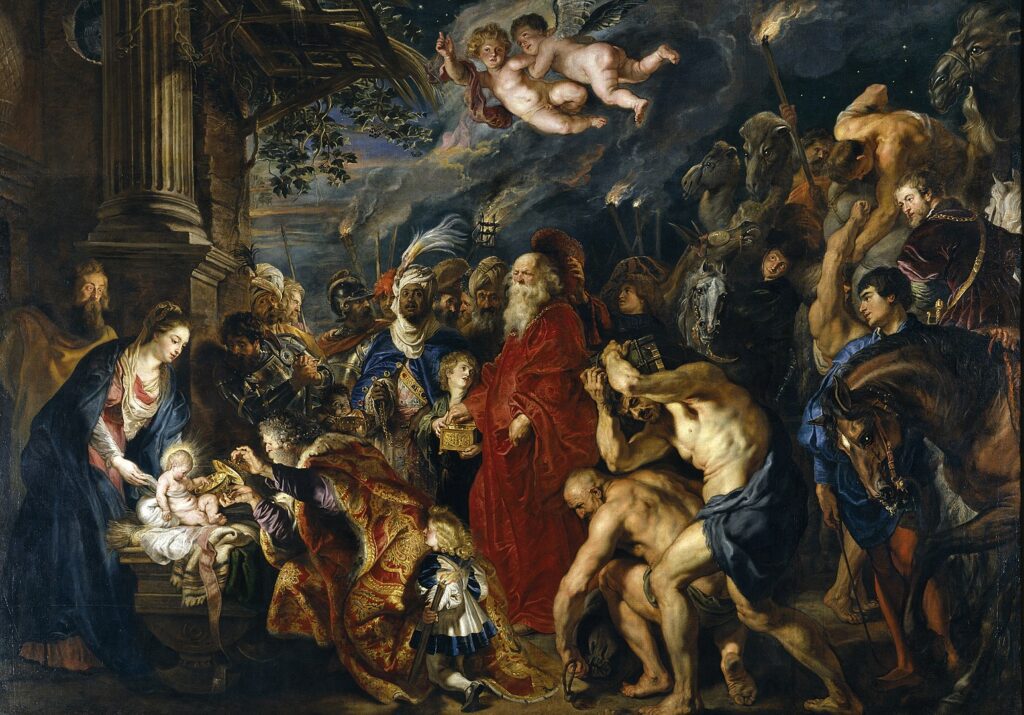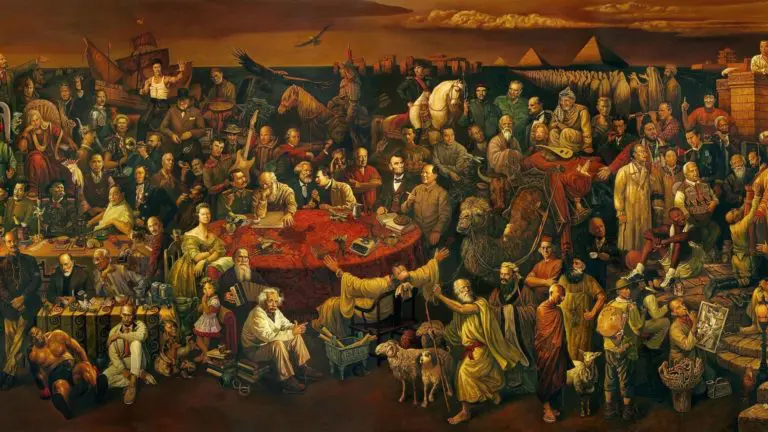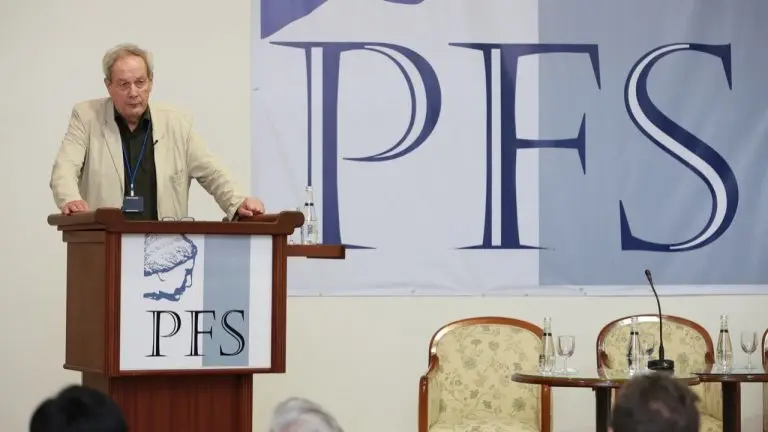News about heads of state is ubiquitous. While political battles rage on, Christians all over the earth just celebrated their world—the King of the universe—and are today celebrating three other important figures who are also kings in their own right.
For Jesus Christ is not the only king Scripture speaks of. The narratives of the Old Testament often revolve around kings and rulers. But also in the New Testament, we encounter kings, most prominently the Magi. As little figurines, they have long become an integral part of every nativity scene. But where do the Magi, or the Three Kings, come from and who were they?
Although the Gospel of Matthew does not specify how many magi came to Bethlehem to visit the newborn Christ, the artistic tradition of Christianity uses an exact number, namely three. Originating in the catacombs of Rome, this has been a tradition since the 4th century. The reason for the number three is that the ancients’ texts (up to the Pre-Socratics and the Babylonians) divided the world into three parts. The Three Kings represent the entirety of the world, representative of the terrestrial ecumene.
Classically, the three are seen approaching the stable and Jesus, who is sitting on the lap (‘throne’) of his mother Mary. They carry gifts to pay homage.
In 6th-century art, another element was added: the three ages of man. In some churches in Italy, the Three Kings are shown as three men of different ages: one young, one adult, and one old. This symbolizes the universality of Christ’s salvation, which not only encompasses ‘the whole world’ but also all of humanity, in all its facets and ages.
In the 16th century, a new motif emerged—the placement of the nativity scene amidst the ruins of a large building or with a dilapidated building in the background. Theologically, the ruins represent the old world that Christ came to renew, as he says in the Apocalypse, “Behold, I make all things new” (Rev 21:5). Thus, the artists of the era connected their renewal of the intellectual and artistic achievements of the classical world with what Christ did for all humanity in the Incarnation.
The names of the Three Kings are as traditional as their representation merits. The names Caspar, Melchior, and Balthasar go back to a manuscript (the Excerpta latina barbari) of the 8th century, in which the kings are called “Bithisarea, Melchior, and Gathaspa”—precursors of the names in use today.
Representing the Three Kings as three figures with diverse ethnic backgrounds originates in Renaissance and Baroque art. The Church wanted to emphasise the universality of Christ’s salvific mission, especially after the discovery of the New World. However, in 16th-century representation, the facial features of the Asian king were often indistinguishable from the Caucasian king’s, due to a lack of first-hand knowledge of Asians by the artists.
The Three Kings are stand-ins for the truth-seekers of the earth, the rulers of the ‘pagan’ realm, the lands which had not yet seen God but were nonetheless expecting the coming of the Lord.
“These men who set out towards the unknown were, in any event, men with a restless heart. Men driven by a restless quest for God and the salvation of the world. They were filled with expectation, not satisfied with their secure income and their respectable place in society. They were looking for something greater … They were seekers after God,” offered Pope Emeritus Benedict XVI, in a homily in 2013.
May we follow the Magi’s footsteps and set out to discover the King and his domain.





